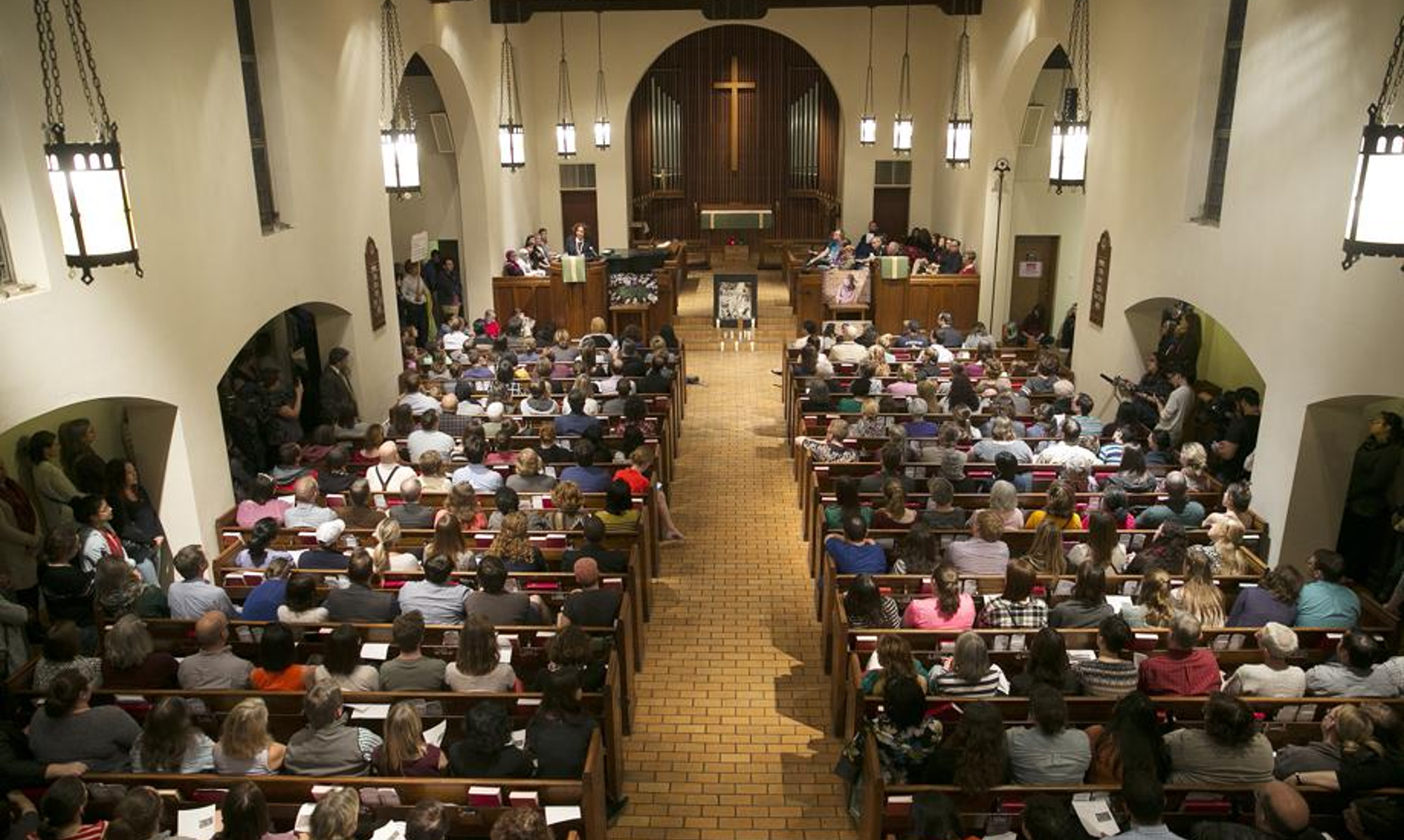You may have noticed wall and floor cracks having returned inside the church. These result from natural, cyclical changes in the moisture content of the underlying expansive soil that supports some parts of the building. The floor diselevation and resulting cracks have been ongoing concerns for decades. [If you want to know more about expansive soil, please see me.]
To my knowledge, part of the concrete floor of the transept was repaired at least once before 1963, the narthex floor was replaced in the 1980s (?) by member Clifton Lind, the nave floor was releveled by pressure grouting in 1992-1995 under the direction of professional engineer Martin Prager, and the floor at the south aisle was releveled by pressure grouting in 2018 by Concrete Raising Corporation.
Professional engineer Robert C. Davis of Trinity Engineering Testing Corp. conferred about the floor movement in the 1970s. I was unable to find a copy of his report in the Trinity archives, probably because he did the work gratis. He did not recommend structural repairs. He explained that the upper soil stratum at the south side of the building was Waller Creek alluvium of varying concentrations of gravel, sand, silt, and clay. These deposits had carved into the underlying Austin Formation atop which most of downtown Austin sits. Expansive soil does develop atop the Austin Formation, and my experience at Hyde Park to the north has been that the underlying limestone can be as shallow as 5 feet. In the case of the nave, the north parts mostly are unremarkable, and floor movement damage worsens with distance southward, consistent with the soil characteristics and thicknesses Dr. Davis described.
My opinion is that the expansive soil behavior has worsened in magnitude proportional to the worsening drought conditions. Expansive soil swells when it is wet and shrinks when it is dry. The cyclic movement never stops. There is more expansive soil at the south of the building than at the north. The soil-supported interior slab moves more than the walls and columns that instead are supported by concrete pilings (columns) atop footings 9′ to 12′ deep.
A professional engineering reassessment could provide more timely counsel than that received over fifty years ago, especially considering that the structure was designed and built with a 1930s-vintage understanding of soil mechanics, and that climate extremes have worsened. Modern site-specific soil sampling and laboratory analyses could provide the data needed to rigorously understand the soil stratigraphy and characteristics, to evaluate the current soil conditions, to project future soil behavior, and to guide remediation choices.
